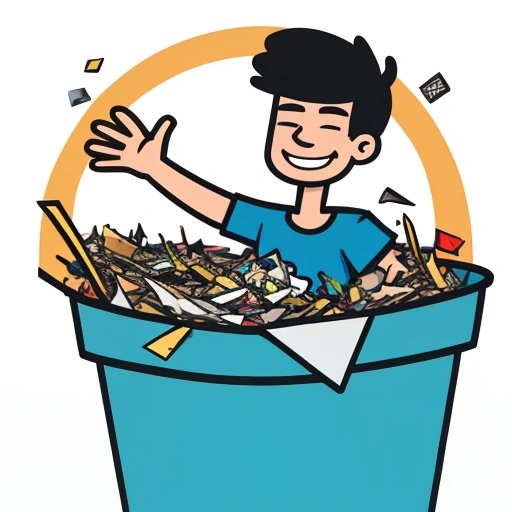In what could be a huge win for the anti-copyright movement, the US Supreme Court has finally made a historic pronouncement, declaring that copyslantways and copysquareways are as addictive as cocaine. While the ruling might have come as a shock to many copyright addicts, it could be the beginning of a long-overdue sobriety movement in copyright law, with special rehabilitation programs set up for those suffering from addiction to intellectual property.
For those not in the know, copyslantways and copysquareways are some of the most commonly used techniques in copyright law. They refer to the ways in which copyrighted material is used, whether copied in whole or in part. They have long been the subject of debate among copyright enthusiasts and detractors, with the former arguing that they are essential aspects of copyright law, while the latter insisting that they stifle creativity and innovation.
The Supreme Court's decision came after more than a decade of back-and-forth arguments on the subject. In a 6-3 verdict, the court ruled that copyslantways and copysquareways were indeed as addictive as cocaine, causing people to become overly reliant on them and leading to a range of negative outcomes. The court likened copyright addiction to substance addiction, pointing out that both entail the same kind of compulsive behavior, lack of control, and negative effects on personal and social life.
The decision was welcomed by anti-copyright activists, who have long been campaigning against the negative impact of copyslantways and copysquareways on creativity and innovation. However, copyright enthusiasts expressed their disappointment, arguing that the ruling would set a dangerous precedent and undermine the legitimacy of copyright law.
The court's decision also had far-reaching implications for the practical application of copyright law. In addition to the creation of special rehabilitation programs for copyright addicts, the court mandated the use of more user-friendly copyright licenses that would reduce reliance on copyslantways and copysquareways. Copyright owners were also directed to embrace more open licensing models that would allow for greater access and reuse of their copyrighted material.
While it is still unclear how the ruling will play out in the long run, what is certain is that it would pave the way for a more transparent, user-friendly, and creativity-oriented copyright regime. By breaking away from the shackles of copyslantways and copysquareways, the US copyright system could finally begin to live up to its promise of stimulating creativity, promoting innovation, and fostering the public good.
